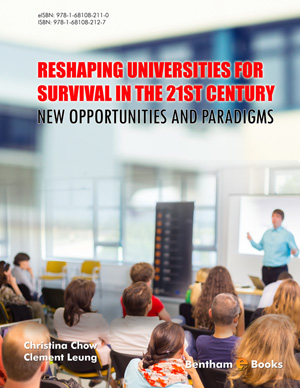Abstract
This concluding chapter offers solutions to universities to help students to succeed in the 21st century. To this end, universities have to create real value for students - equip them with employable skills to be entrepreneurial, innovative, and adaptable in the volatile job market. And above all, universities have to help students to learn how to learn in order to keep up with the technological race and develop the critical abilities to respond to continuous changes in the labour market and technology. For example, universities need to integrate new-media literacy into education programs; introduce experiential learning which helps students to develop the soft skills, such as the ability to collaborate, work in groups, read social cues, and respond adaptively. Furthermore, universities need to integrate interdisciplinary training that allows students to develop skills and knowledge in a range of subjects. For their part, universities should take lessons from other industry leaders, embrace technology, and benefit from neuroscience research. Above all, universities should get leaner and more productive with administrative efficiency, agility and responsiveness to trim their cost structure. They need to transform their old business model to meet the challenges of the 21st century. They may also have to look at the global market to remain relevant. While the current climate uses higher education as a means to enhance global competitiveness, universities must maintain their critical business, promoting critical thinking, self-reflection and critical action and stay true to their academic missions.
Keywords: Business models, Credential society, Future Work Skills, Gainful employment, Graduate wage premium, Internet of Things, Neuroplasticity, Operational efficiency, Reversed innovations, Technology leadership, Worldclass universities.













